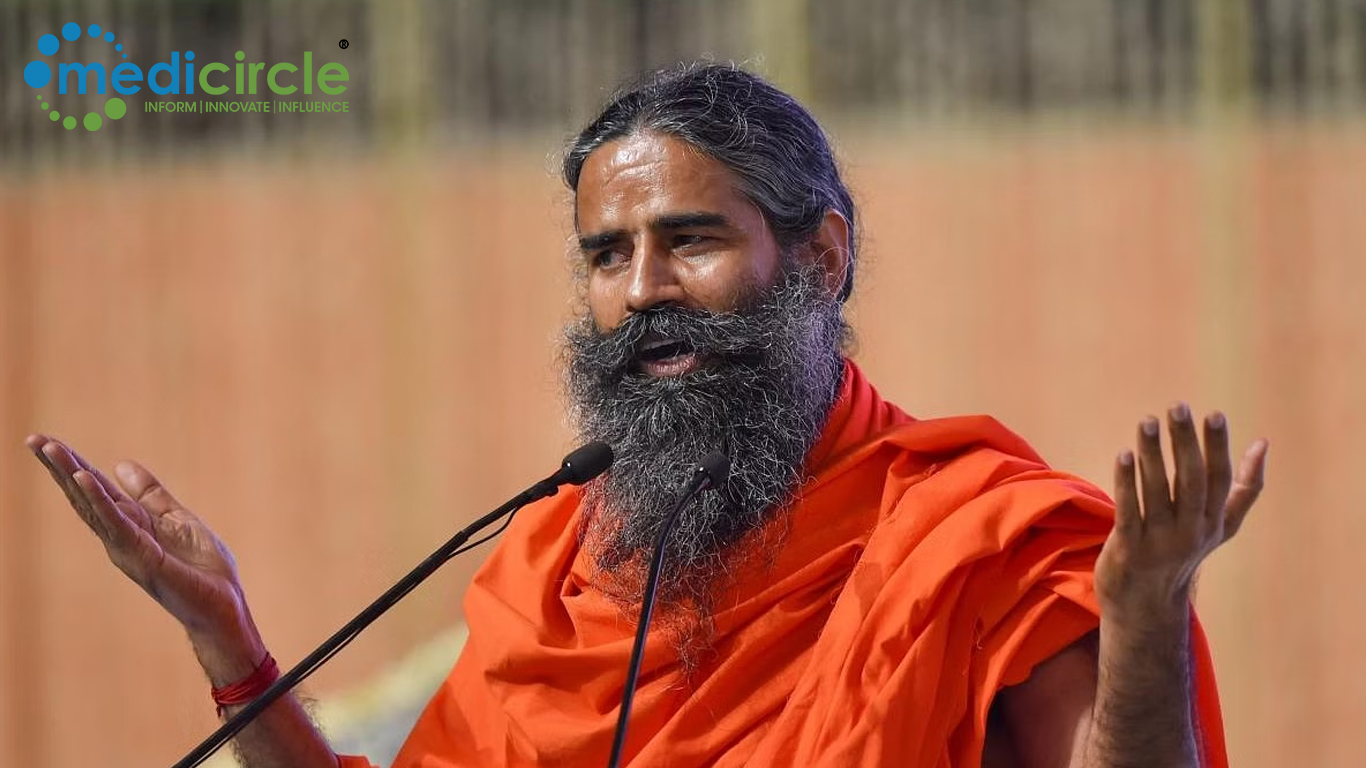Peer pressure is a potent societal force that transcends generations, continually evolving with emerging trends and technology. Today we are delving into the complexity of peer pressure in Indian society, addressing contemporary concerns and the impact of digital trends. We explore the main challenges associated with peer pressure, assess its beneficial or harmful aspects and its effects on mental well-being, investigate its root causes, and provide up-to-date statistics to gauge its prevalence.
1. Navigating Modern-Day Peer Pressure Trends
In the age of social media and digital connectivity, the definition of peer pressure has expanded. It now encompasses the online world, where influencers and trends on platforms like Instagram, and YouTube wield immense power. Young Indians are not only influenced by immediate peers but also by virtual communities and global trends.
2. The Duality of Peer Pressure: Beneficial or Harmful?
Today's peer pressure landscape is a nuanced mix of positive and negative influences. Positive peer pressure can encourage individuals to adopt sustainable lifestyles, embrace diversity, and pursue entrepreneurial ventures. Conversely, negative peer pressure may lead to anxiety, cyberbullying, and dangerous trends like the online 'challenge' culture.
3. Unpacking the Psychological Impact of Peer Pressure
The mind's response to peer pressure is a complex interplay of emotions and social dynamics. In an era where likes, comments, and followers define online popularity, young minds often grapple with self-esteem and mental health issues. Understanding this psychological aspect is crucial in navigating the digital age.
4. Emerging Causes of Peer Pressure
Several contemporary factors contribute to the rise of peer pressure:
• Social Media Influence: The pervasive impact of influencers and viral trends on platforms like Instagram and short video formats plays a pivotal role in shaping behaviours and aspirations.
• Fear of Missing Out (FOMO): The fear of missing out on exciting experiences or trends promoted online can lead individuals to make impulsive decisions.
• Online Validation: Seeking online validation through 'likes' and comments can drive individuals to conform to popular opinions and lifestyles.
Peer Pressure in Indian Society: Shocking Insights
According to the surveys conducted by leading Indian research institutions indicate that 82% of Indian youths experience peer pressure in some form. Notably, 68% of young Indians admitted to making career choices based on peer and family expectations, as per data from the Ministry of Skill Development and Entrepreneurship in 2022.
Peer pressure exerts a significant influence, with a staggering 85% of high school students acknowledging its impact. This pressure extends to risky behaviours, as 75% of adolescents have experimented with alcohol due to peer influence. Remarkably, 28% of those succumbing to peer pressure find themselves enjoying improved social status, underscoring the complex dynamics at play in the world of peer interactions.
In Conclusion, Peer pressure in Indian society is evolving, influenced by the ever-changing digital landscape and emerging trends. It's crucial to recognize the dual nature of this influence, harnessing its positive aspects while safeguarding against the pitfalls. In the era of online validation and global connectivity, understanding the psychological impact and root causes is essential for informed decision-making. By staying attuned to these trends and fostering digital resilience, individuals can navigate the modern world of peer pressure more effectively

 Peer pressure in India has transformed, driven by digital trends and social media. This article explores its impact, pros and cons, psychological effects, and key causes, supported by pertinent statistics. Understanding and managing digital peer pressure is a pressing concern.
Peer pressure in India has transformed, driven by digital trends and social media. This article explores its impact, pros and cons, psychological effects, and key causes, supported by pertinent statistics. Understanding and managing digital peer pressure is a pressing concern.





.png)
.png)












.jpeg)

.jpeg)










.jpg)




.jpg)

